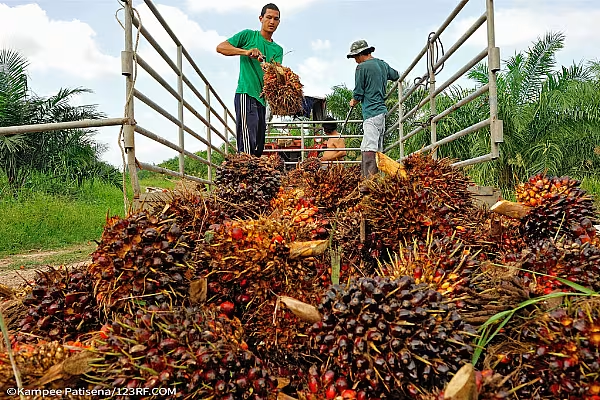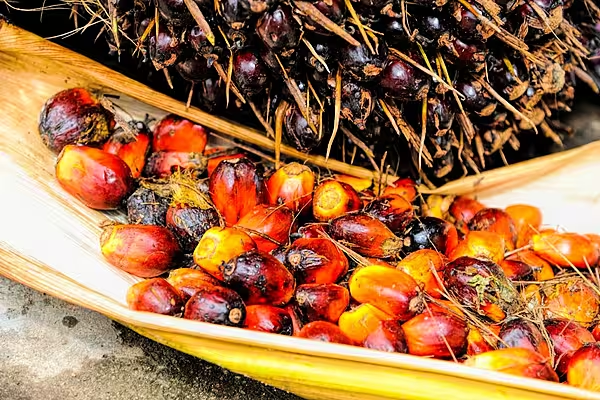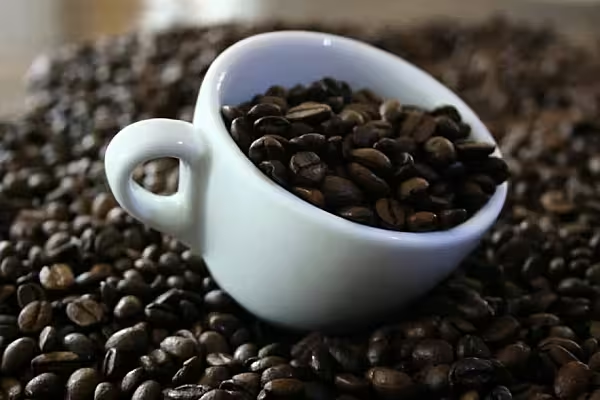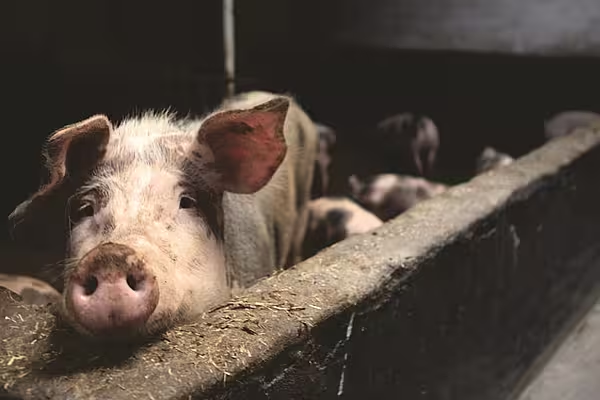Palm prices are expected to stay strong next year as production will remain constrained due to soaring fertiliser costs and long-standing labour shortages, the Council of Palm Oil Producing Countries (CPOPC) has said.
The sector, which is already facing sluggish yields after farmers reduced fertiliser usage in 2018 and 2019, may again suffer from lower inputs next year.
Supply Constraints
CPOPC said smallholders are expected to cut down on inputs as prices of nitrogen and phosphate have jumped by 50%-80% since mid-2021, while plantation firms may face challenges due to supply constraints.
"As a result, Indonesia and Malaysia may not be able to deliver much output growth in 2022," it said. The two countries collectively constitute 85% of the world's palm oil supply.
Tight supply has already driven up prices of benchmark crude palm oil futures by 31% so far this year, with the contract hitting a record high of 5,220 ringgit ($1,252.25) a tonne.
"Production of palm oil will remain constrained with limited upside potential, and prices will likely continue to trade in the bullish range of US$1,000 per tonne," CPOPC said, adding that the rally in 2022 could be dampened by higher soybean oil output.
Read More: Sustainable Palm Oil Sourcing – There’s No Excuse Not To Act
The council forecast China's palm oil imports to rise to 7.2 million tonnes in 2021/22, from 6.8 million tonnes in 2020/21, boosted by an economic recovery.
Imports by India are estimated at 8.6 million tonnes in 2021/22, up from 8.5 million tonnes in 2020/21, while the European Union's imports are estimated to rise to 6.9 million tonnes from 6.2 million tonnes in 2020/21.
CPOPC, however, warned that the impact from the Omicron coronavirus variant has cast doubts on demand recovery.
News by Reuters, edited by ESM. For more Supply Chain news, click here. Click subscribe to sign up to ESM: European Supermarket Magazine.










